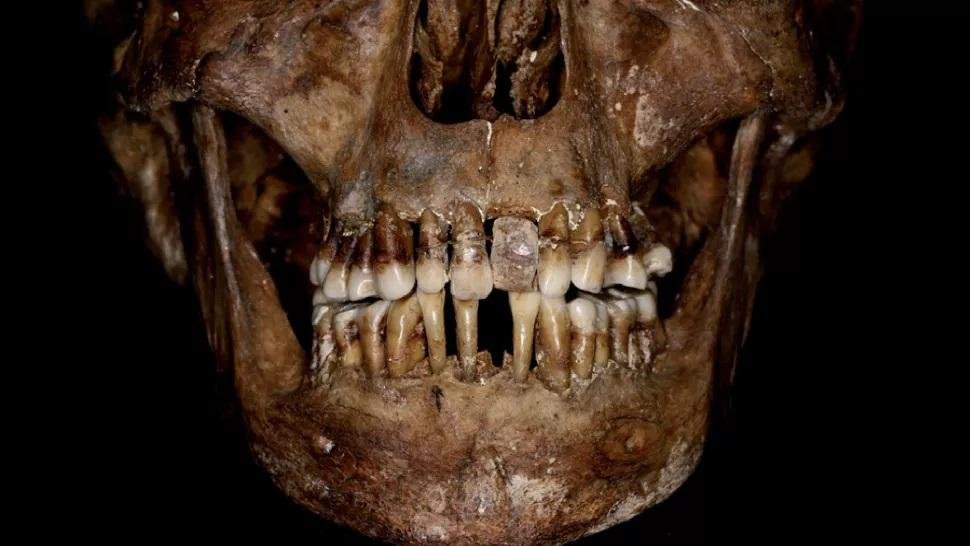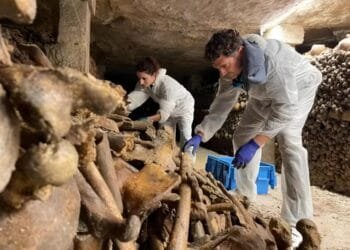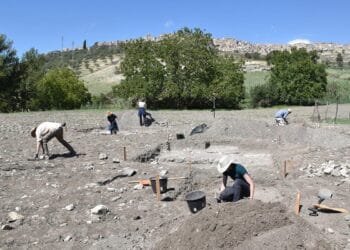Bioarchaeology is a multidisciplinary field that merges the principles of archaeology and biological anthropology to study and interpret human remains from archaeological sites.
It focuses on understanding the lives and experiences of past populations through the analysis of their skeletal remains, incorporating insights from various scientific disciplines such as anthropology, archaeology, genetics, forensics, and paleopathology.
The main goal of bioarchaeology is to reconstruct the biocultural history of human populations. This involves not only analyzing the physical characteristics of skeletal remains but also interpreting the cultural and environmental factors that influenced the lives of these individuals.

“Bioarchaeology”
The term bioarchaeology was coined by British archaeologist Grahame Clark in 1972, encompassing the examination of human and animal skeletal remains found at archaeological sites. In 1977, Jane Buikstra redefined bioarchaeology in the United States to specifically focus on the systematic analysis of human remains discovered at archaeological sites. This field is known as osteoarchaeology, osteology, or palaeo-osteology in various other countries.

Key aspects and methods of bioarchaeology:
Osteology and Skeletal Analysis: A fundamental aspect of bioarchaeology involves the detailed analysis of human skeletal remains. Bioarchaeologists examine bones and teeth to determine age at death, sex, patterns of disease, stature, and population affinity.
By combining this biological data with archaeological context, researchers can paint a more comprehensive picture of how people lived, interacted, and adapted to their surroundings throughout history.
Bioarchaeologists also study evidence of trauma and violence in skeletal remains to understand patterns of interpersonal conflict and social dynamics. Marks such as fractures, cut marks, and evidence of healing can provide clues about accidents, warfare, or interpersonal violence within a society.
Paleopathology: Paleopathology is the study of ancient diseases and injuries that affected individuals in the past. Bioarchaeologists investigate evidence of diseases like arthritis, tuberculosis, dental problems, anemia, and trauma. These findings provide insights into the overall health and well-being of past populations, as well as the prevalence of certain diseases in different time periods or geographic regions.
Stable Isotope Analysis: Stable isotopes are variations of elements that can provide information about diet, migration, and local environmental conditions. By analyzing isotopic ratios in skeletal tissues like teeth and bones, bioarchaeologists can reconstruct dietary patterns (such as consumption of different types of foods) and even determine whether an individual migrated from one region to another during their lifetime.
Dental Analysis: Teeth are particularly valuable in bioarchaeology due to their durability and the wealth of information they can provide. Dental enamel preserves a record of an individual’s diet during childhood, which can be crucial for understanding dietary transitions and variations within a population. Dental microwear analysis can reveal details about food processing techniques, while dental pathologies can offer information about overall health.

Cultural Practices and Identity: Bioarchaeology also plays a crucial role in understanding social dynamics and cultural practices of ancient societies. Patterns of burial, grave goods, and mortuary rituals provide insights into beliefs about the afterlife, social status, and kinship structures.
Bioarchaeologists examine burial contexts to infer religious or ritualistic practices, and explore questions related to power dynamics, social hierarchies, and identity.
Forensic Applications: Bioarchaeological techniques are also applied in forensic anthropology to assist in identifying human remains in modern contexts, such as criminal investigations, mass disasters, or missing persons cases.
Ethical Considerations
Bioarchaeologists often confront ethical challenges related to the analysis of human remains, especially those of indigenous or culturally sensitive groups. Ethical considerations guide the responsible handling of human remains and the collaborative involvement of descendant communities in research.

























